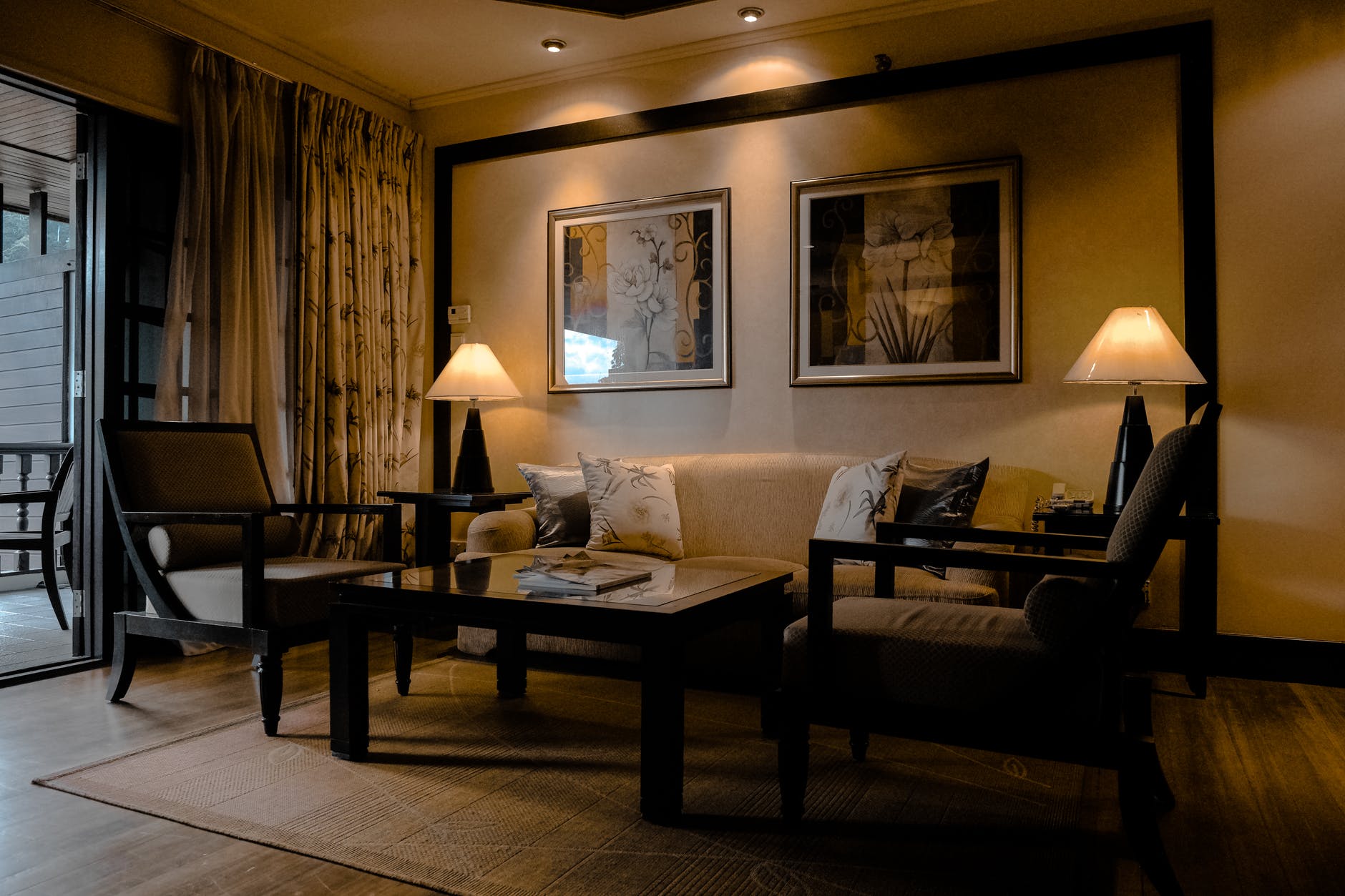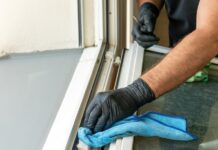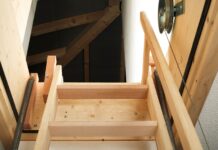Regardless of how careful you are, scratches are inevitable if you have wooden flooring in your home. It’s an unavoidable element of care for a wooden floor, and it’s almost often caused by dirt or grit on the floor or when homeowners move the furniture around.
There are numerous options for repairing a scratched floor, depending on the severity of the marks. However, the most significant thing you can do for your floor is to do everything you can to prevent scratches from occurring in the first place. You can also check vinyl sheet for your home for better protection from furniture scratches.
So, here are six tips to keep your wooden floors from getting scratches.
Why Should You Be Concerned About Furniture Damage to Wood Flooring?
When it comes to wood flooring upkeep, dirt, water, sand, and other external contaminants are frequently mentioned. However, most of the time, the underlying issue is your room’s heavy furniture.
Dust and gravel can be pushed directly into the finish of a wooden floor by furniture legs, and dents can be caused by moving heavy furniture. When you don’t utilize wood flooring furniture protection, the most typical damage is scratching.
Fortunately, protecting hardwood floors from furniture is relatively simple. All you have to do now is be a little more cautious and follow a few tips.
So, how about following this list to make things easier for you?
1. Don’t Drag And Push Furniture
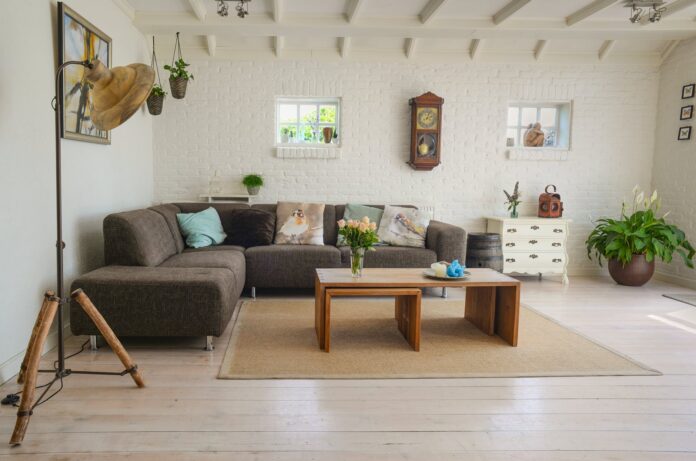
Because of its weight, furniture is the most common cause of scratches on hardwood floors.
Additionally, dragging and pushing furniture causes scratches and gouges.
Many pieces of furniture are reasonably heavy and necessitate the assistance of two or more people to carry them. Homeowners frequently try to move their furniture without asking for help. Scratches, on the other hand, occur at this precise moment!
Lift it from the hardwood flooring instead of dragging or pushing it all around the house.
Always enlist the help of a neighbor or friend when moving to something bigger or more prominent. While you may be eager to rearrange your furniture, a little assistance can help you avoid damaging and protecting your hardwood flooring.
2. Place the Area Rugs on the Floor
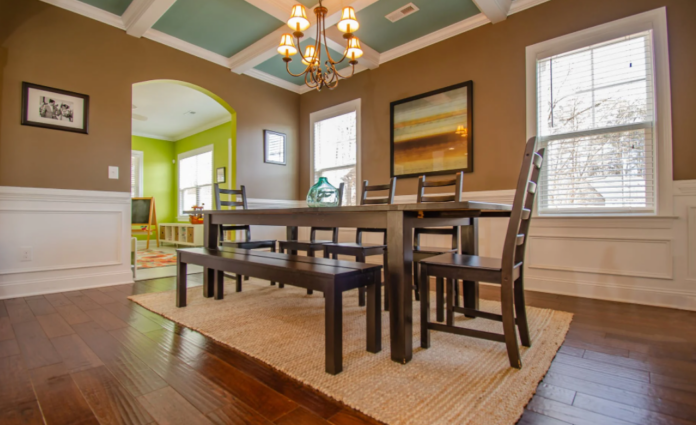
Providing a barrier is one of the simplest methods to prevent furniture from scratching hardwood floors. And, what better deterrent than a lovely, plush area rug? It not only protects against gouges, but it also provides a warm underfoot as well as additional design and color to the space.
Use a rug pad underneath your rugs to offer additional padding. Make sure the rug pad backing is suitable for usage on the hardwood. Otherwise, you might notice a yellowish discoloration or microscopic hairline scratches on the pad.
3. Use Seat Caps
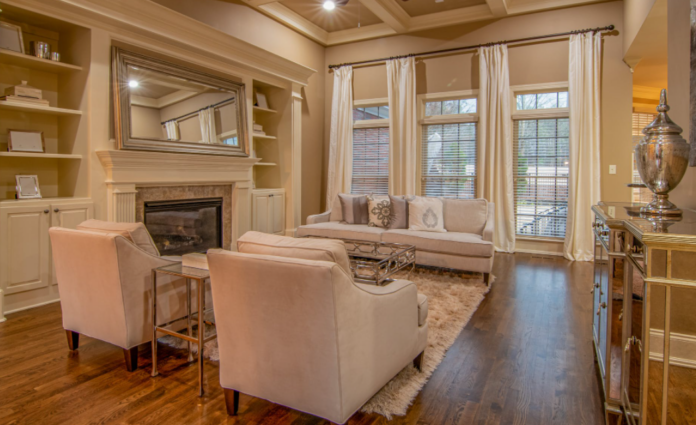
An area rug isn’t always necessary since it can make maneuvering difficult. An area rug beneath a dining table, for example, is a good idea, but specific dining chair feet catch and make sliding to and from the table problematic. Instead of using an area rug, attach furniture pads to the foot or corners of your furniture when you need movement.
Furniture seat caps and gliders can cushion the furniture’s corners and feet while also elevating it off the ground. When you don’t have an extra pair of arms and need to shift and slide around furniture, seat caps can come in handy.
You can require seat caps when you reorganize a room or clear the space for new flooring to be installed. If you don’t have an area rug and need to move furniture over bare wooden floors, you can use scraps, blankets, or clothing to make quick furniture padding.
Visit here to find the best seat caps to protect your wood floor.
4. Find Wheeled Furniture
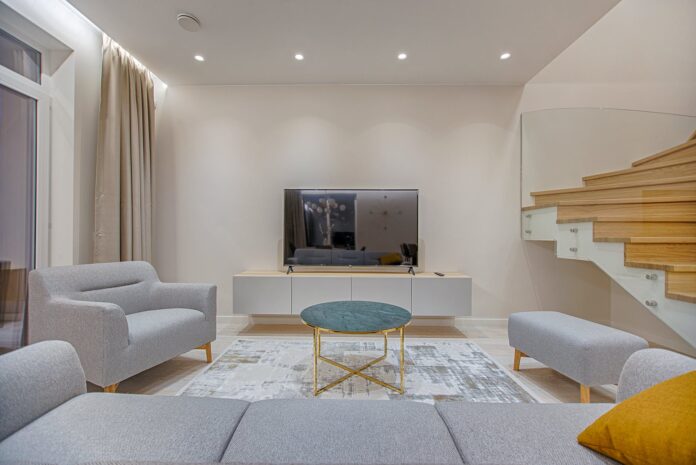
Find furniture with built-in wheels if the scenario requires it. With a wheel on each corner, you can effortlessly move or redesign the furniture piece. Extensive video and entertainment centers to little bar carts that roll from the dining room to the living area for after-dinner cocktails and nightcaps are examples of this sort of furniture. Some sitting components, as well as office chairs and appliances, are equipped with rolling feet.
Wheels are a great addition to any piece of furniture, but the wrong wheel material, such as the nylon hard-plastic wheels found on most office chairs, can cause damage to your hardwood flooring. Look for non-marking rubber wheels or ball wheels to guarantee that they do not produce scratches. In order to avoid scratches, make sure to inspect and clean the wheels regularly.
5. Regularly Check The Feet Of Your Furniture
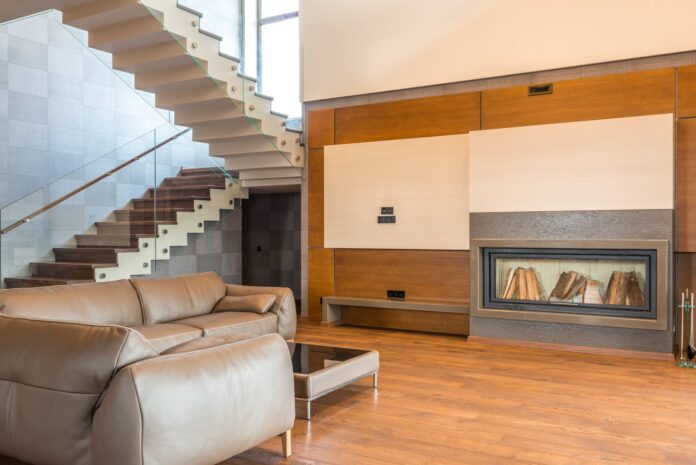
Preventing damage to wooden floors from furniture is critical if you truly want to safeguard them. Regularly inspect the feet of old furniture because rough edges on the base can cause scratches or gauges. You’ll need a sandpaper sheet to get rid of them. Lightly sand the surface until it completely smoothes out.
6. Keep An Eye On Both

The final step in preventing furniture scratches on hardwood floors is possibly the most crucial.
Keep an eye on your furnishings and floors! Moving furniture is sometimes the most excellent method to protect wooden floors from scratches. Yes, it may seem counterintuitive, but heavy furniture left in the same position for years will also harm your flooring.
Consider renovating every few years and redistributing the weight on your floor by carefully moving the furniture around.
Taking a proactive approach to treating your hardware floor can pay off big time. It’s also the only sure-fire technique to keep your wood flooring looking as good as new for the rest of your life.
Conclusion
Many of these tips will prevent furniture from scratching hardwood floors, as well as other types of flooring. Scratches and dents can occur even on resilient floorings like laminate and vinyl. As a homeowner, do yourself a favor and use rugs, furniture seat caps, or any of the other measures listed above to protect the type of flooring you have. It will ensure that your floors remain attractive and scratch-free for years to come.

